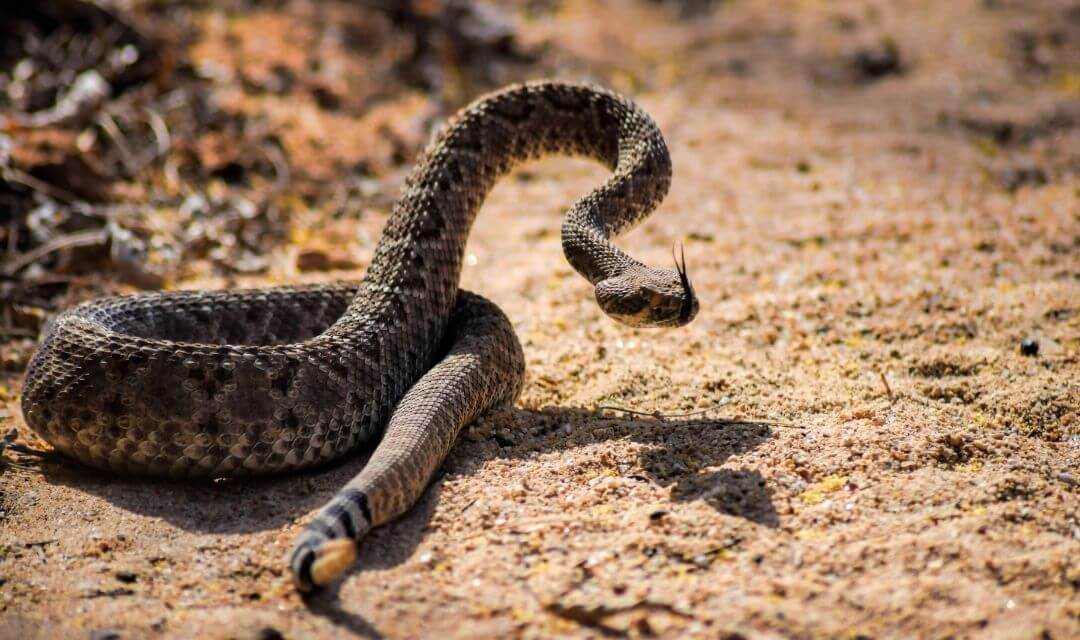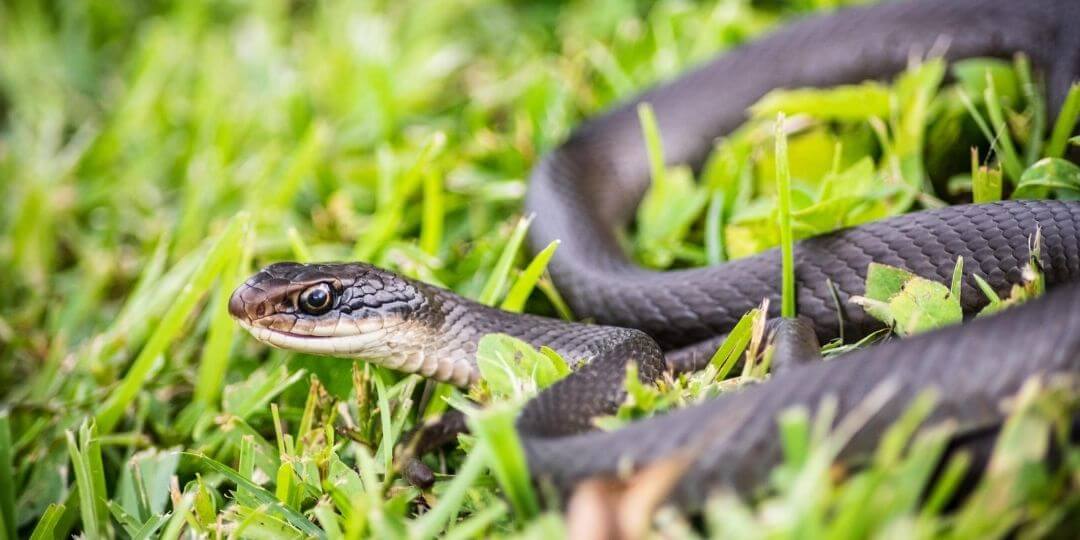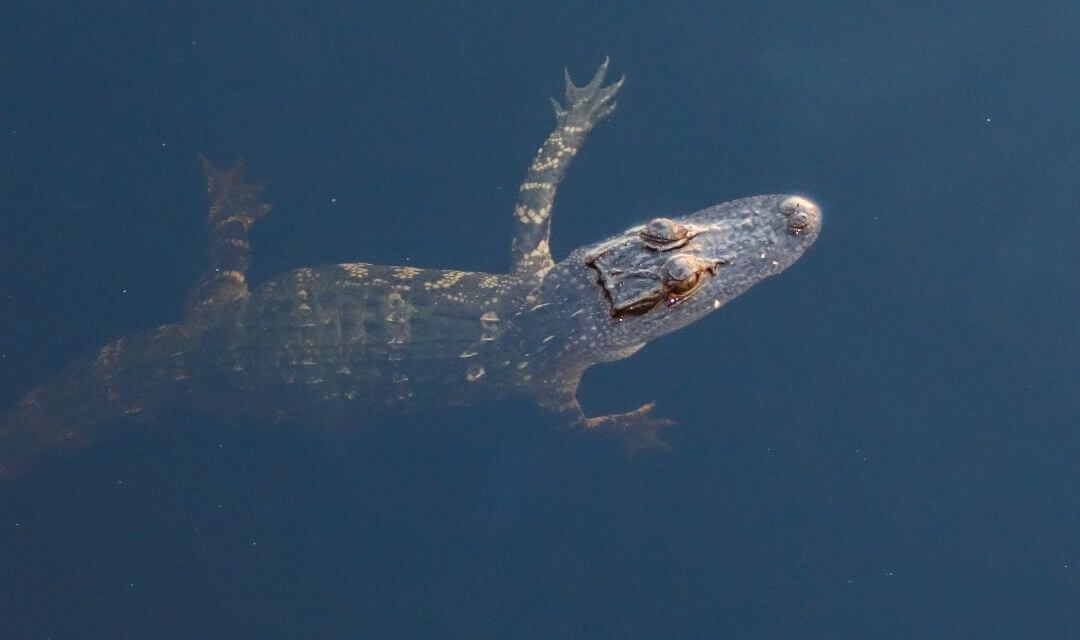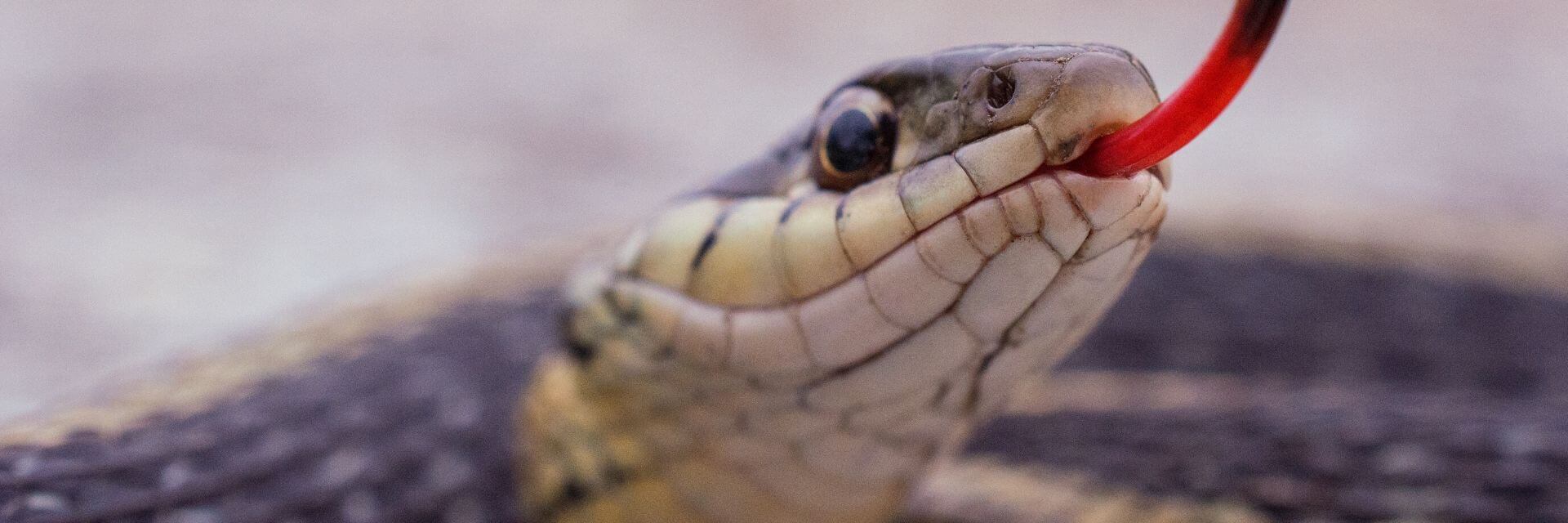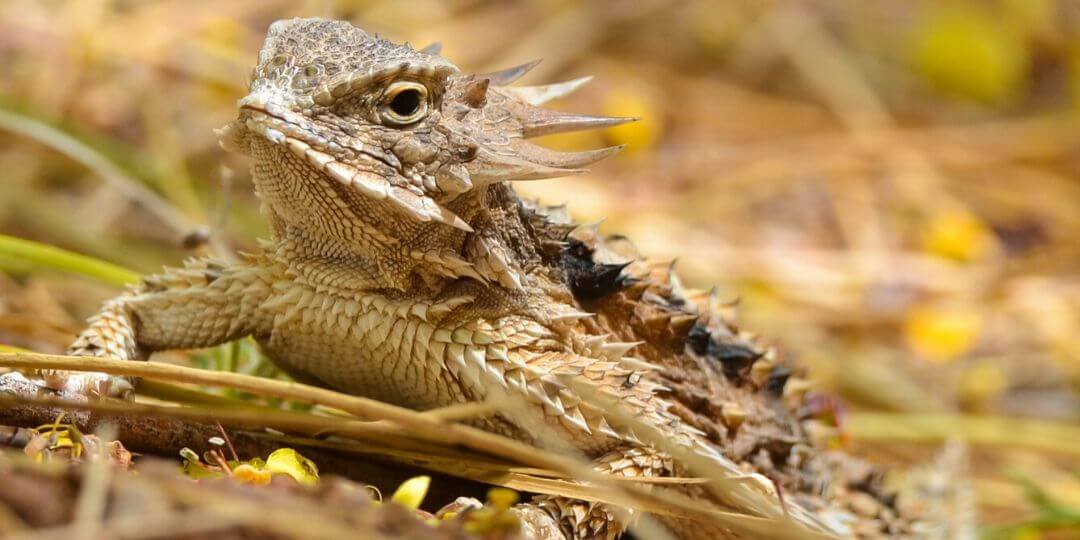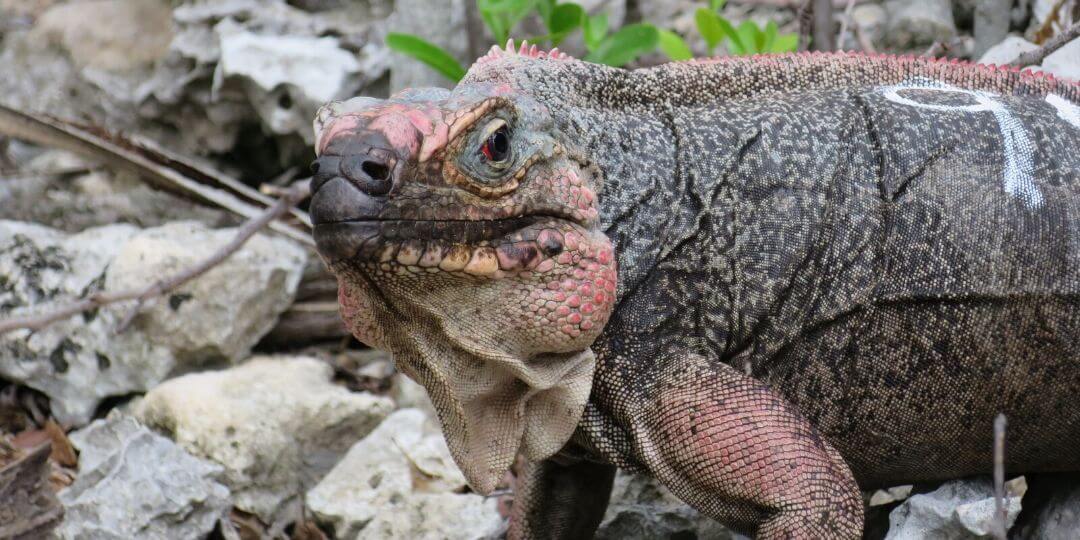Reptiles

What Makes a Reptile a Reptile?
Komodo Dragon
Iguanas
Word of the Week
Ectotherm
An ectotherm is an animal whose body temperature depends on the outside temperature. When they are cold, ectotherms have to bask in their sun. When they are warm, ectotherms must hide somewhere cooler.
Ectothermic animals are sometimes called cold-blooded. Reptiles and amphibians are cold-blooded!
Species Spotlight
Western Diamondback Rattlesnake
Crotalus atrox
Western diamondback rattlesnakes are native to the American Southwest where the climate is hot and dry. Like many other rattlesnakes, they eat mice, rats, birds, and even some reptiles and amphibians! They are one of the largest venomous snakes in the United States, reaching up to 6-ft in length and weighing up to 6-lbs! In the hot summer, western diamondbacks will hunt at nighttime and hide under shrubs or in burrows during the day. In the spring and fall, they hunt during the day and, in the winter, they brumate! Brumation is like hibernation, but for reptiles. During brumation, western diamondbacks will often rest in burrows created by squirrels or mice.
Like almost all other rattlesnakes, western diamondbacks use their rattles to warn predators and large animals. Rattles are made of segments (called buttons) that bang together when a rattlesnake shakes its tail! Rattlesnakes are born with one button and, each time it sheds, it grows a new button! Though they may be intimidating, western diamondbacks are very important in their ecosystems. They keep the populations of mice, rats, and other small animals from growing too large by eating them! Luckily for diamondbacks and for the health of their environment, they are not endangered.
Conservation Corner
Leaving Wildlife Wild
Most wildlife lovers want to be as close to wildlife as possible, but this isn't always the best way to show your love for animals. Whether we are talking about snakes, bears, deer, or squirrels, getting close to wildlife can be dangerous both for you and the animals.
While we may feel like sharing our sandwich with the squirrel in the park is fun and exciting, this can cause the squirrel to become too comfortable around people. We don't want animals approaching people because not all people are as nice as you! Squirrels don't normally eat sandwiches either, so this food can make them sick.
Capturing the snake in your yard and calling it your pet is also not a good idea! All animals play a role in their environment and, when we remove the animal, we can throw off the balance of the ecosystem. By taking the snake out of your yard, the birds and mice it used to feed on have fewer predators and their populations will grow. Now you'll have birds and mice taking over your yard!
A good way to show your love for animals is to learn about them and observe them from a safe distance. If you want to feed ducks at your local pond, bring peas, corn, or birdseed and toss it from a safe space! You can also get a pair of binoculars to watch wildlife while giving you and the animal enough space.
BRAIN BLAST
Brainstorm a list of ways that you can admire and appreciate wildlife without directly interacting with them!
Reptile Rumble
There are many characteristics that make a reptile a reptile. Can you identify which characteristics belong to reptiles and which do not?
Scale Selection
Match each scale to the correct animal group! Then click the drop down arrows to check your work.
Reptile Challenge
Sorting the Slithery and Scaly
Cut cut the reptile cards attached below and match them with their environment!
The beginner challenge will help you practice geography, while the expert challenge focuses on habitats.
Beginner
Cut out the continent and reptile tiles. Line your continent tiles up and match each reptile to the continent it belongs on by pasting them beneath.
Expert
Download the worksheet below. Cut out the habitat and reptile tiles and match each reptile to its habitat using the clues provided!
Our Favorite Reptile Videos
Glossary
Adaptation
The process by which a species becomes more fit for its environment over the course of several generations. It is a result of natural selection.
Arboreal
Living in the trees.
Aquatic
Living in water.
Brumation
A state of inactivity in ectotherms (cold-blooded animals) during the winter months.
Camouflage
The ability for an organism to blend into their surroundings usually to hide from prey or predators.
Carnivore
An animal that eats other animals.
Ecotourism
Tourism activities created to encourage experiences in the natural world with the intention of conserving that ecosystem and the species that live there.
Ectotherm
An animal that relies on the outside temperature to regulate their body temperature (reptiles and amphibians). Also known as cold-blooded.
Endotherm
An animal that regulates their body temperature internally (mammals and birds). Also known as warm-blooded.
Herbivore
An animal that eats mostly plants.
Invertebrate
An animal that has no bones.
Keratin
A structural protein that makes up hair, nails, feathers, horns, and claws.
Omnivore
An animal that eats both plants and animals.
Parthenogenesis
A reproductive strategy occurring in some reptiles and invertebrates where females can produce offspring without breeding with a male.
Poison
A toxin that is harmful when touched or eaten and is often produced through glands.
Predator
An animal that hunts other animals for food.
Prey
An animal that is hunted and eaten by another animal.
Reptile
A group of ectothermic (cold-blooded) vertebrates that are covered in scales and generally lay eggs.
Species
A closely related group of animals with similar characteristics that are capable of reproducing (example: tigers).
Subspecies
A group of animals within a species that are genetically different from other groups in the same species (there are 6 subspecies of tigers).
Terrestrial
Living on Earth (on the ground).
Venom
A toxin that is injected into prey through teeth or a stinger.
Vertebrate
An animal that has a backbone.
Sign Up for our Newsletter
Stay up to date with new adventures, live classes, deals, and more!

Helpful Resources
*Please note we do not offer refunds for EdZOOcating Adventures memberships. We recommend you explore the 3-day free trial prior to subscribing!*

